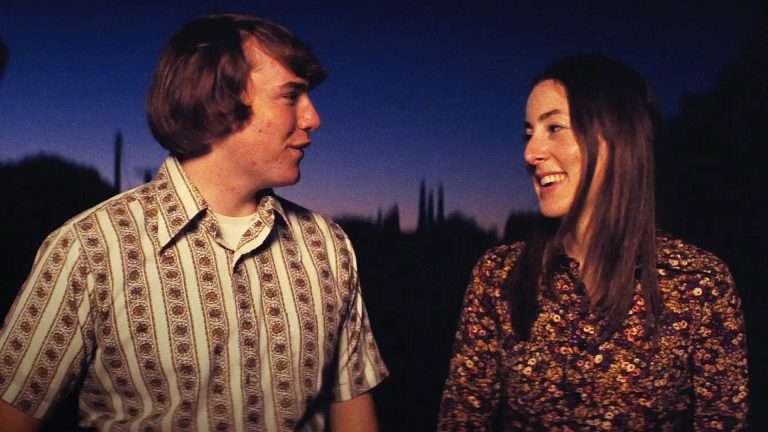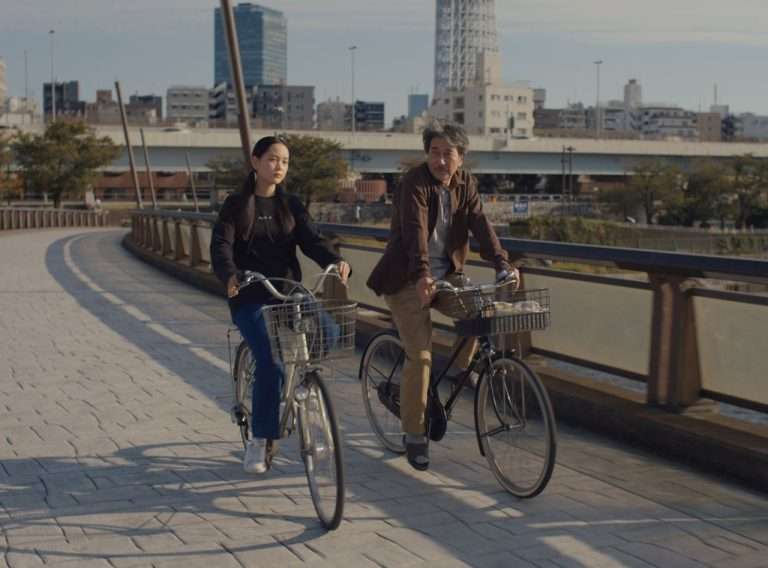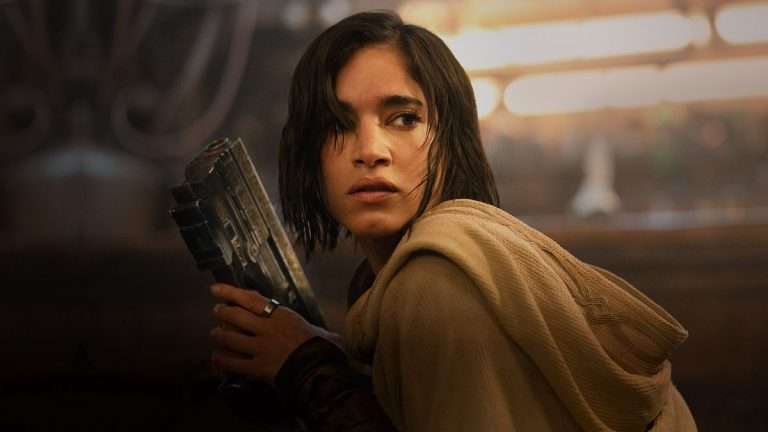Hollywood has always loved a good mystery. A vanished person, a chilling clue, or an unexpected twist can instantly pull viewers in. However, when it comes to adapting female-driven storylines, Hollywood often misses the mark. What makes these stories so powerful on the page is rarely what ends up on the screen, and it has nothing to do with budget or casting. It has everything to do with understanding the heart of the story.
This understanding includes a deep respect for the original stories and authors, a respect that is often overlooked in the rush to adapt. Female-led mysteries are not just about solving crimes. They explore intuition, emotional complexity, and the unspoken pressures women navigate daily. When those elements are watered down or removed, the spark that made the book memorable disappears.
I shifted from writing strong female-driven scripts to novels after hearing that. While my scripts were praised, their female-focused stories were considered too risky for the market. I knew that was incorrect. And I knew what I desired as a filmgoer. To me, it is how the film is constructed that matters in getting an audience. It needs to be a storyline with teeth, and the money put behind it that would make the difference. I knew I was tired of girls or women tripping only to get caught or just screaming helplessly.
One of the most troubling patterns in adaptations is how quickly female protagonists are reduced, their depth and contradictions squeezed out until almost nothing of their original power remains. In novels, they are complex, intelligent, and wonderfully human. They have flaws, strengths, secrets, humor, trauma, and resilience. Those layers are part of the investigation itself.
Take “The Girl on the Train.” In the novel, Rachel’s internal struggles are the key to understanding her perceptions. In the film, her inner voice gets lost, and with it goes much of the story’s psychological weight. Emily Blunt delivered a remarkable performance, but the script lacked the emotional depth that made the book unforgettable. It is this emotional depth that we need to preserve in adaptations, to keep the audience connected and empathetic.
Emotional intelligence is a defining strength of many female characters, but Hollywood too often sidelines it as if it were irrelevant to authentic storytelling. Women in mysteries frequently solve problems by reading people and understanding subtle shifts in behavior, tone, or motive. Those instincts create suspense just as effectively as action scenes.
“Gone Girl” is a rare example of a film that preserves the novel’s emotional and psychological depth. Their attempt to add layers to the character Amy, played by Rosamund Pike, is through a diary and voice-overs. However, Roger Ebert stated in his review of the film, “Gone Girl” suggests one of those overheated, fairly comic-bookish “R”-rated thrillers that were everywhere in the late ’80s and early ’90s.” Gillian Flynn adapted her own book, which helped maintain Amy’s layered complexity and the sharp commentary woven into the narrative.
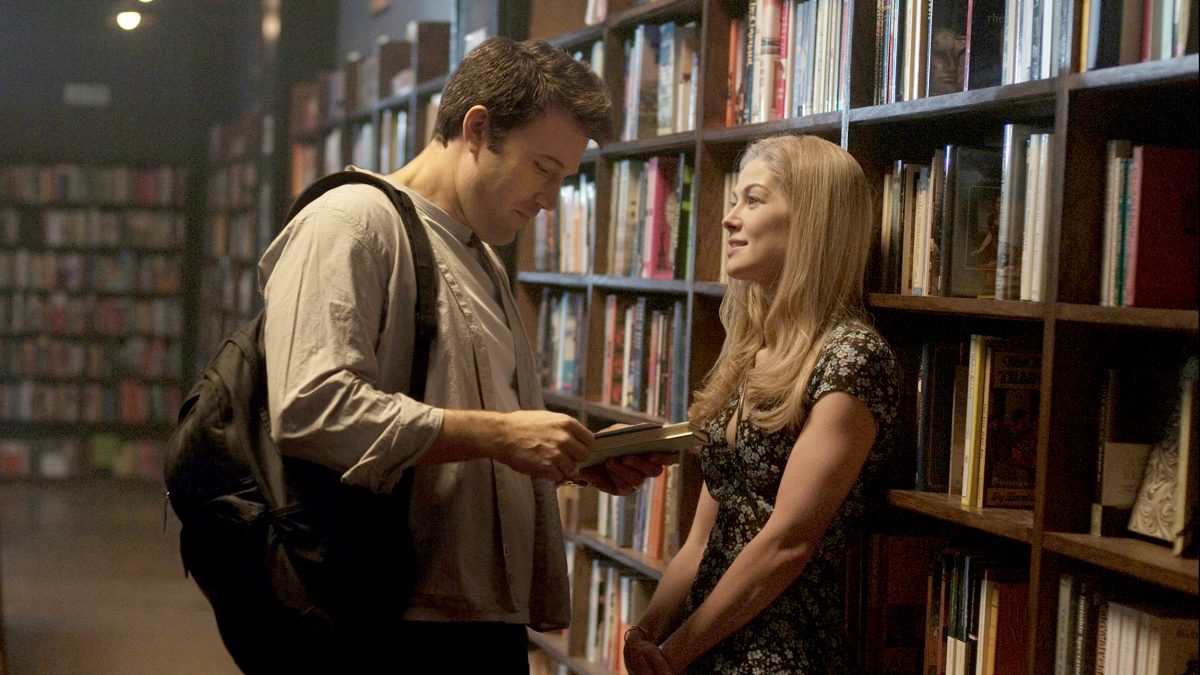
Also Read: 25 Great Feminist Films That You Should Watch
Another common flaw is how relationships between women are handled. Female-driven mysteries often hinge on complicated friendships, rivalries, or family connections. These relationships carry clues, motives, and emotional stakes. When adaptations reduce those characters or reduce them to stereotypes, the entire story weakens. “Big Little Lies” is evidence of how strong female dynamics can elevate a mystery. The HBO series embraced the layered relationships that were so crucial in the book, and the result was gripping television that kept viewers talking.
In an interview with Vogue, Reese Witherspoon was asked why so many male critics misunderstood the show: “Doesn’t it just say it all?” Then she goes on to say, “This is how women really speak to each other. There are several dynamics in which women do not tell each other the truth, and it is deeply relatable. I think the men in the show are incredible, too; I think their performances are extraordinary.” (Vogue)
Suspense in female-led mysteries also works differently. It does not rely on explosions or chases, the scenes that draw in male moviegoers. It builds slowly through tension, silence, and emotional truth. It thrives in moments when a character realizes something subtle but terrifying. When adaptations rush that natural buildup, they lose the atmosphere that defines the genre. “Sharp Objects” succeeded because it allowed the emotional tension to simmer, and every scene felt weighted with meaning. Most adaptations do the opposite, moving too quickly and sacrificing the psychological journey.
I am an advocate for chase scenes and explosions in the world of female drama mysteries. Women are not immune to loud bangs, scary situations, and needing to fight to get away from an assailant, as we see in the Marvel series. However, it is important to note that these action scenes should not overshadow the emotional and psychological depth of the story. Women will head into danger, and women do find ways to take out the bad people. But these moments of action should be integrated into the narrative in a way that respects the character’s emotional journey and the story’s overall tone.
If Hollywood wants to improve female-driven mysteries, it must stop treating them as interchangeable content and start respecting what makes them work. These stories live in nuance. They are emotional, psychological, and relational. Too often, studios reduce them to basic plots, stripping away the complexity that gives them life.
Female protagonists cannot be flattened into “strong woman” stereotypes or generic action leads with an emotional beat tacked on. Their trauma, intuition, moral conflicts, and the subtle ways they navigate danger are not side notes—they drive the story. Preserving this emotional depth is essential to keeping adaptations authentic, compelling, and unforgettable.
Hollywood also needs to stop sanding off the character relationships that give these mysteries their gravity. Friendships, mentorships, mother-daughter tensions, and female alliances often carry the narrative weight. These dynamics should never be cut for convenience, replaced with a shallow romance, or rewritten to hand more screen time to a male supporting character. A woman’s emotional world is not a prop. It is the foundation of her choices, her risks, and her courage.
And let us be honest, emotional intelligence is routinely erased in adaptations. Female protagonists who can read a room, sense danger, interpret subtext, or make decisions based on subtle changes in behavior are rewritten to appear more “traditionally logical” or aggressively action-driven, as if nuance were a liability rather than a strength.
But that change robs the story of its authenticity. Emotional intelligence is not a weakness to be compensated for. In mysteries, it is a strategic weapon. It is what allows a female protagonist to notice what others miss, survive what others would not, and outthink the villain. We must advocate for emotional intelligence in adaptations to help the audience feel the strategic power of the female protagonist.
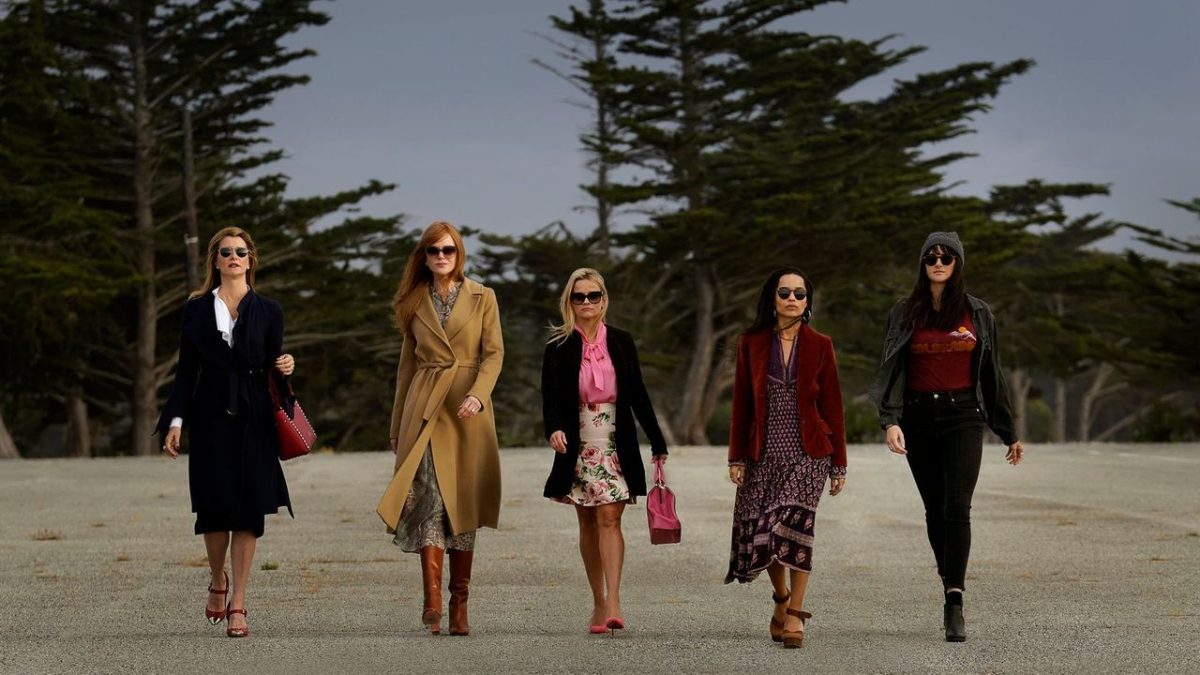
Check Out: Screaming into the Void: The Role of Women in Horror
Another misconception in Hollywood is the belief that a strong female lead somehow diminishes a strong male character, or that one must be weakened for the other to shine. This simply is not true. A thoughtful example comes from my own debut novel, where the main character is a sharp, capable woman solving a complex mystery, while her husband stands beside her as an equal. He has his own career, his own identity, and his own strengths. Their relationship is built on balance and mutual respect, not competition.
Neither character overshadows the other, and the suspense remains intact because the story values both of their contributions. The result was a novel that not only resonated with readers but went on to win four literary awards. It proves that a powerful woman does not erase a powerful man. If anything, the story becomes richer when both are allowed to be fully realized individuals.
Hollywood must trust slow-building tension instead of rushing to explosions, chase scenes, and overly neat resolutions. Female-driven mysteries often build suspense through atmosphere, internal conflict, interpersonal pressure, and the tightening grip of consequences. When studios insist on constant action beats, they break the very rhythm that made the story gripping.
Most importantly, whenever possible, the original author should be brought into the adaptation process and not in a token advisory role. Authors understand the emotional architecture of their stories, the psychology driving the characters, and the subtle shifts of tension that a screenplay cannot afford to misinterpret. Leaving them out is one of the fastest ways to flatten a layered narrative into a formulaic thriller.
Female-led mysteries resonate because they reflect the inner worlds of real women. They show strength that does not look masculine, fear that does not equal weakness, intuition sharpened by challenging experience, and determination forged through vulnerability. When adapted with care, they become unforgettable. They are stories that haunt, linger, and stick to the ribs. But when stripped of their depth, they lose the heartbeat that drew readers in from the first page.
Hollywood has an opportunity here. It is time to embrace what makes these stories shine and finally give female-driven mysteries the thoughtful, layered, emotionally intelligent adaptations they deserve, not the watered-down versions we have seen for far too long.


